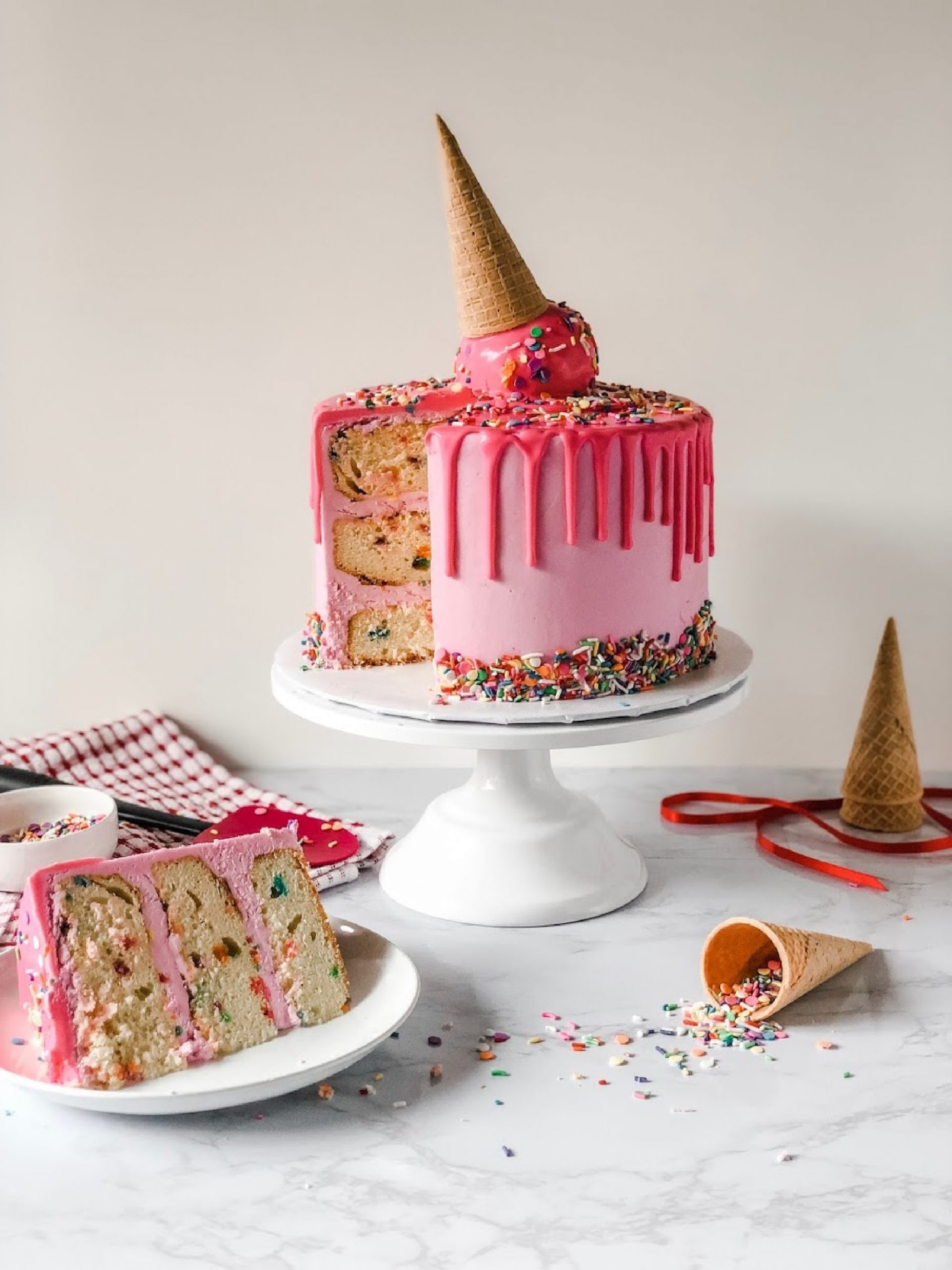
Food&Drink writer Nicole Morris writes about the unusual rise in popularity of realistic illusion cakes
From their exterior, you would think that these cakes were in fact something else entirely. They seamlessly disguise themselves as other food items, shoes, or even people, with bakers caricaturing themselves as cakes. However, underneath these decorative layers of fondant and tempered chocolate, they are still the same humble sponge cakes that we are familiar with.
The art of making hyper realistic illusion cakes is becoming increasingly popular thanks to Netflix’s new TV show ‘Is It Cake?’. This show sees contestants try to trick the judges, and the audience watching at home, into thinking that their cake is actually something else. The first few episodes have seen contestants camouflage their cakes as a burger, clutch bag, and a piña colada filled coconut to name but a few examples.
Will these types of cakes become more mainstream and found on supermarket shelves?
The successful concept of this TV show has translated into a TikTok trend, with many keen bakers attempting to convince their followers that their cakes are everyday objects. Although, the concept has also been reversed online too; jokesters on TikTok have been pretending to cut into things that are not cakes at all and are in fact ordinary household items. Either way, both of these trends have contributed to the increasing hype surrounding realistic cakes.
It is interesting to consider how the hype about realistic cakes will continue in the future. Will these types of cakes become more mainstream and found on supermarket shelves? Will people opt for a birthday cake which pushes the boundaries of cake creation, or will they continue to support the traditional Victoria sponge cake? Will wedding cakes soon become cake portraits of the happy couple themselves?
Despite the fact that these cakes are visual marvels to behold, and would make an impressive party piece, I anticipate the popularity of eating them will be minimal due to the vast amount of icing used to decorate them. Therefore, it is likely that the sweetness of icing would overpower the light fluffy sponge, which would inevitably not appeal to everyone. Personally, I think you cannot beat a simple sponge cake as it will always be a crowd pleaser.
Bakers spend hours crafting their illusions and adding intricate details in order to deceive the eye
Instead, it seems more likely that these cakes will remain relevant on baking shows, as judges continue to test bakers’ talents by creating more challenging briefs. The Great British Bake Off set bakers the challenge of making a realistic cake back in 2017; contestants rose to the challenge and delivered cakes resembling sandwiches and watermelons, amongst many other designs. So it would be safe to assume that this will return as another Showstopper Challenge again in the near future.
There is potential for hyper realistic illusion cakes to exist beyond the world of baking shows and social media in the future too though. They could form an art exhibition in their own right or become staples at food fairs and food festivals. Many people travel to visit art galleries – why not travel to behold creative cakes too?
There is no doubt that making hyper realistic cakes is an art form. Bakers spend hours crafting their illusions and adding intricate details in order to deceive the eye. They truly are artists, but also have the additional pressure of ensuring that their masterpieces taste good too. One can only but wonder what creative disguise these talented bakers will come up with for their cakes next.
Hungry for more? Check out more from Food&Drink here:
Comments